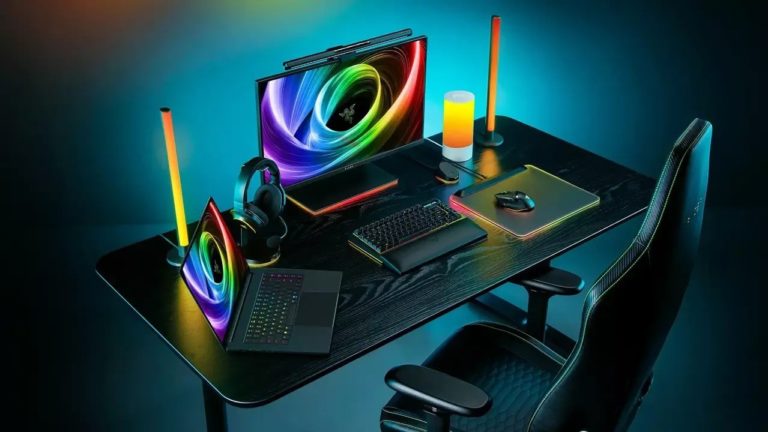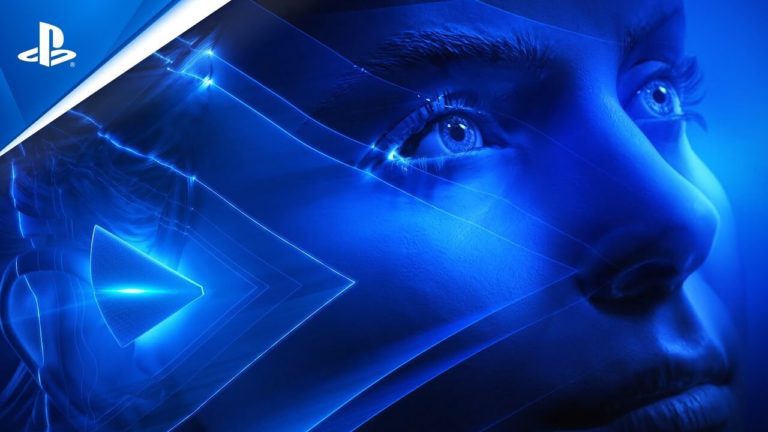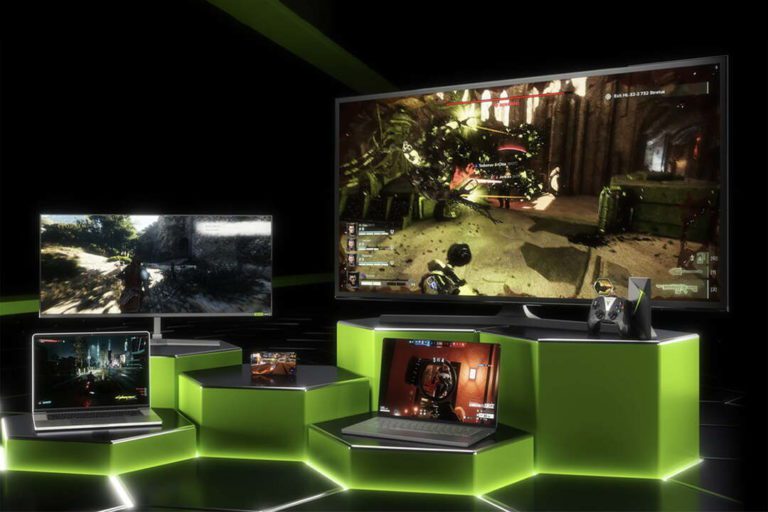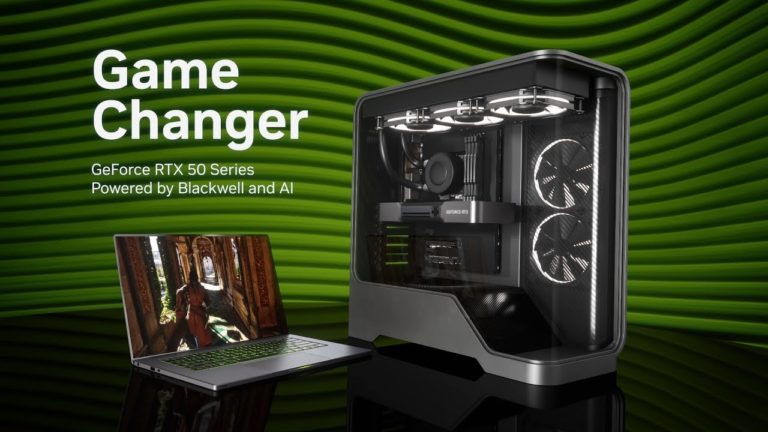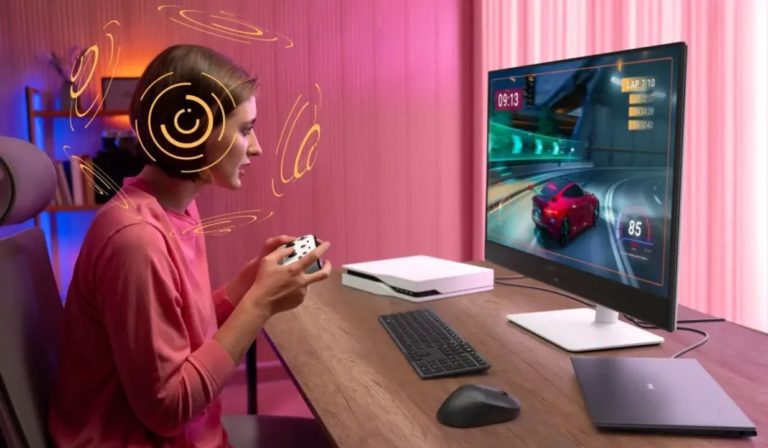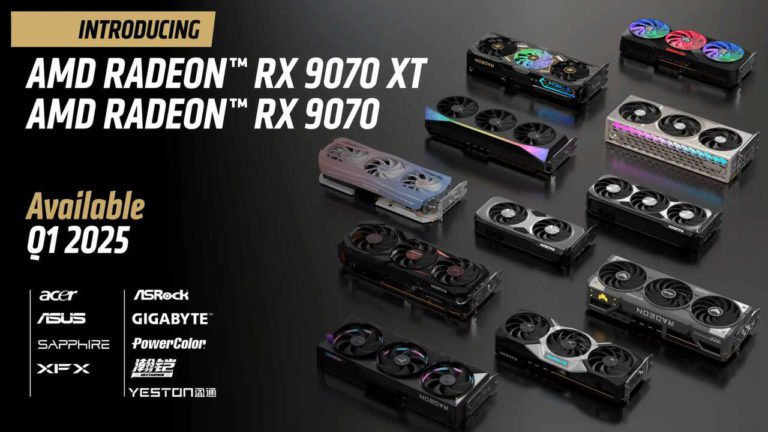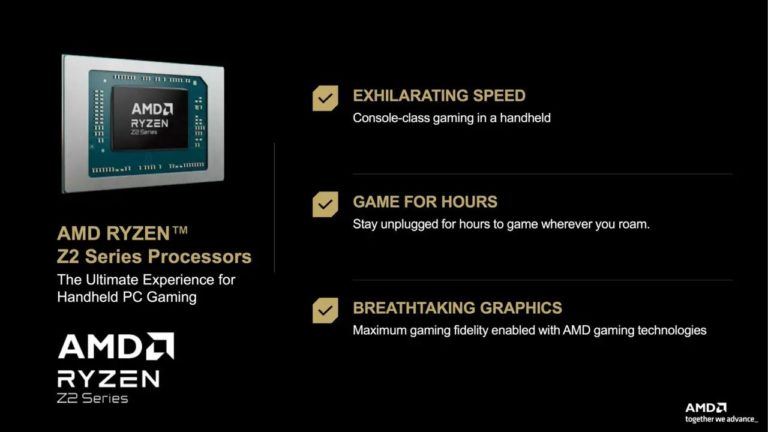The gaming world is buzzing with excitement and speculation as Nintendo finds itself at the center of...
CES 2025
Beside the proper offering in base of the recent announcements of both AMD and Nvidia, Lenovo did...
Known to be one of the original gaming peripherals and PC gaming accessories even before PC gaming...
Sony Pictures has revealed plans to adapt two of its popular video game franchises into feature films:...
Another important business for Nvidia after GPU and AI, is it cloud gaming service GeForce Now and...
The rumors are now over at Nvidia side and we are in the new generation of GeForce...
Dell has announced its new high-end monitor, the Dell Plus 32 4K QD-OLED, marking its first venture...
Indeed that this year 2025 will be another big year for portable PC Gaming and while some...
One of the main thing that gamers were expecting of the AMD turn at the stage of...
Despite being initially leaked before their proper CES 2025 keynote, AMD has finally announced the second generation...




